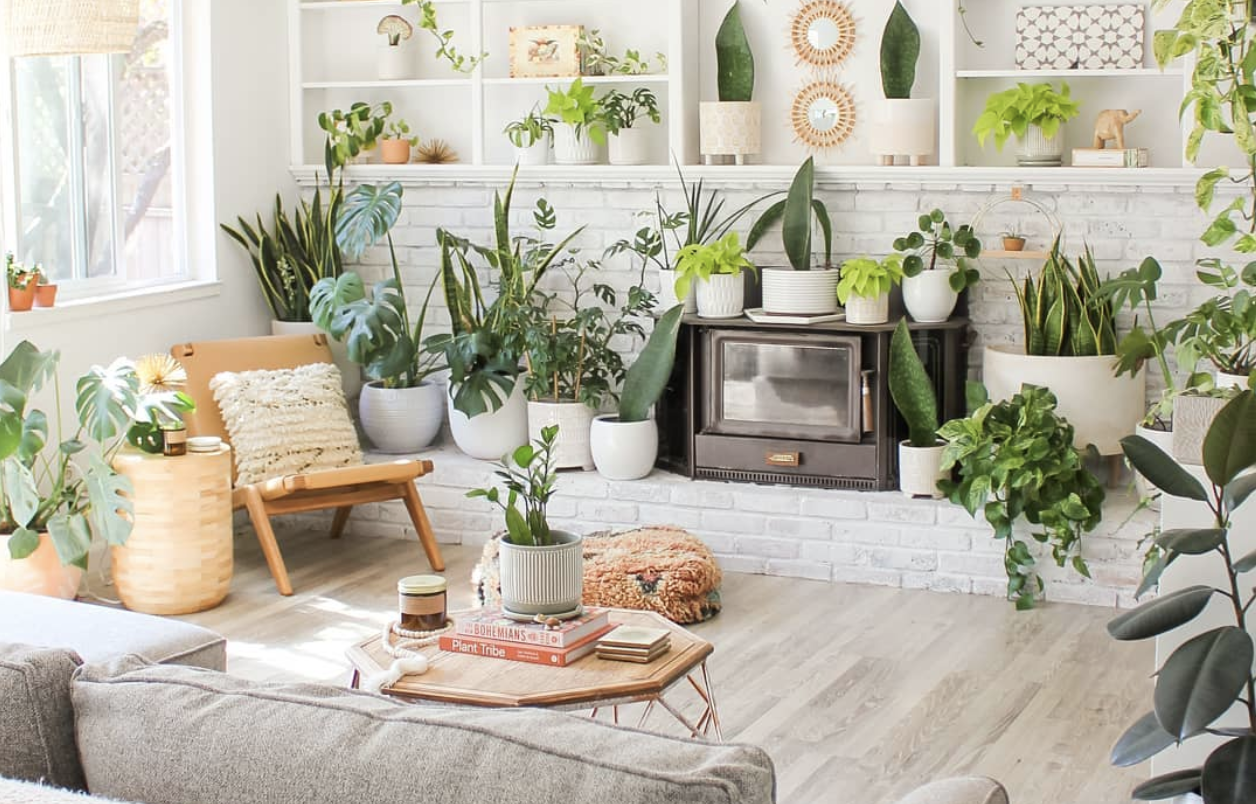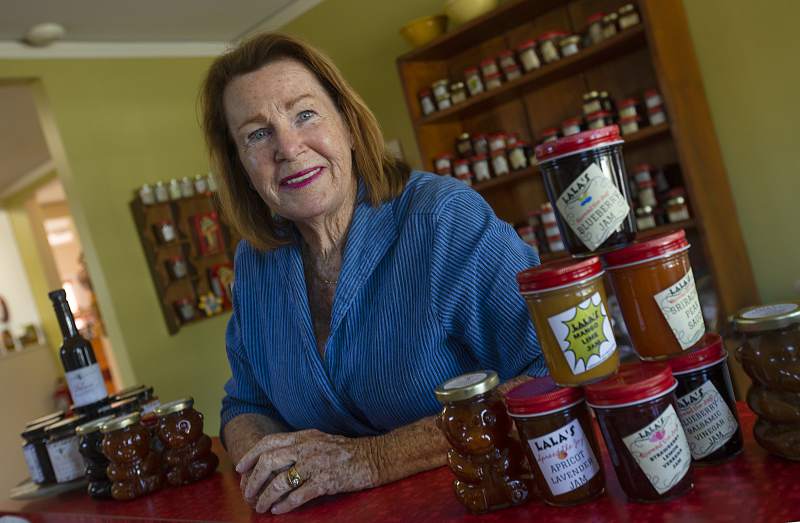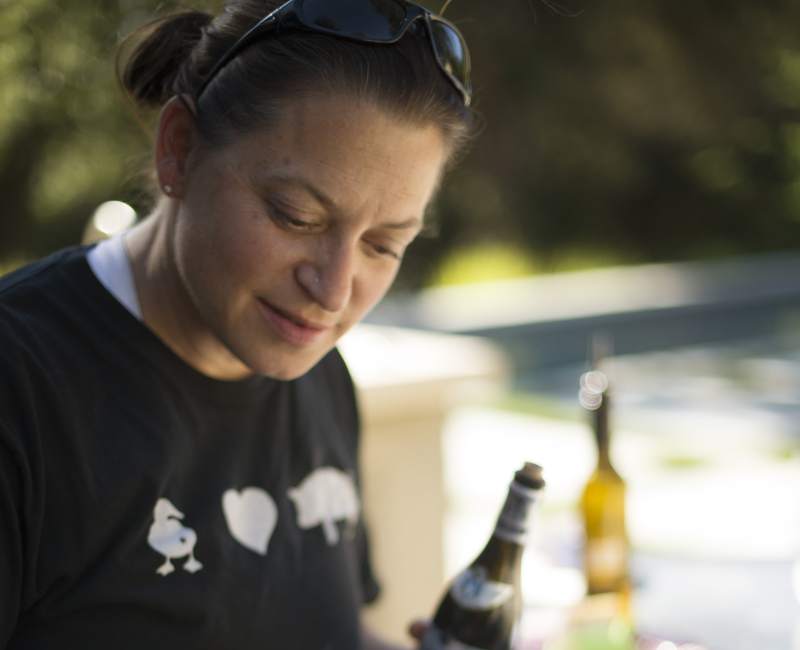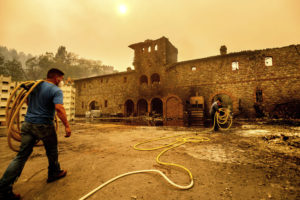This list of Sonoma and Napa wineries affected by the Glass fire will be updated as necessary. Email us with confirmed reports of damage. Updated on Tuesday, Oct. 6, 4:00 p.m.
For the third time in four years, wildfires have wreaked havoc in Wine Country, with the still-burning Glass fire destroying or damaging some 600 homes in Sonoma and Napa counties and scarring more than 66,000 acres as of Oct. 6. Wineries and vineyards have not been immune.
Unlike northern Sonoma County’s Kincade fire in 2019 and the Tubbs and Nuns fires in 2017, the Glass fire has been unthinkably destructive to wineries in Napa Valley, where at least two dozen are believed to have been leveled or seriously damaged in the northern part of the valley, between Calistoga and St. Helena, and on the western flank of Howell Mountain. Despite some vineyard scorching, Sonoma winemakers, in the Valley of the Moon region, have reported relatively little damage to their facilities.
The list of Napa wineries engulfed by the Glass fire is a who’s who of ”up valley” cabernet sauvignon producers, among them Burgess, Cain, Hourglass, Newton and Sherwin Family, plus the Michelin three-star restaurant at Meadowood Resort.
The fire, which started Sept. 27, tore through mostly remote, rugged hillsides at the height of the red-grape harvest, with power outages, downed trees and utility poles, roadblocks and spotty cell phone service hampering firefighting and winemaking efforts.
Even 10 days after the fire erupted, some northern Napa Valley vintners had been unable to access their properties and fully assess their losses. Some are likely to produce no cabernet in 2020, although the white-grape crush had been largely completed before the fire. Sparkling wine producer Schramsberg had already finished its chardonnay and pinot noir harvest.
Wildfires burn in mysterious ways. Despite their proximity to fire-damaged wineries and vineyards, Napa Valley superstar producers Duckhorn Vineyards, Rombauer, Smith-Madrone and Spottswoode Estate were among those that emerged relatively unscathed. Pride Mountain Vineyards on Spring Mountain, which straddles Napa and Sonoma counties, saw forest and chaparral burn around the property, although the vines and winery were untouched.
These wine properties are known to have been damaged or destroyed by the Glass fire:
Sonoma County
Ledson Winery: Steve Ledson’s “castle” winery on Highway 12, between Santa Rosa and Kenwood, made national news in October 2017 via dramatic photographs of helicopter and airplane drops of water and fire retardant on the burning hill behind the winery – which was saved.
The Glass fire came close enough for Ledson to bring a four-man crew and a water truck to his property the night of Sept. 27. The crew cut lines on three sides of the property, the highway protecting the fourth side. By the next morning, three sides were scorched and a home east of the winery was burned, yet the castle was not harmed.
“We were up late last night picking and we heard the fire was coming closer,” Ledson told The Press Democrat. “I brought the water truck, filled it and sure enough, everything was in flames. Without this (the truck) we would have been screwed.”
St. Francis Winery & Vineyards: Crews were picking grapes on this east Santa Rosa winery estate the night of Sept. 27 when flames drew near. Evacuation was ordered, so harvesters and co-winemaker Chris Louton and his team dropped what they were doing and left the property.
“The fire burned to our property line on Pythian Road,” said Louton’s co-winemaker, Katie Madigan, who had left for the day. “We’re still assessing the damage,” she said on Sept. 30, “but all of our structures are fine.
“It was similar to what we experienced in 2017, when the (Nuns) fire burned behind the winery. We feel we were all too prepared for this one, having gone through the horrific 2017 fire. Permits from the (Sonoma County) ag commissioner allowed us to get back on the property and continue fermentation management and picking.”
Westwood Estate Wines/Annadel Gap Vineyard: Westwood’s 40-acre vineyard in eastern Santa Rosa, across from Oakmont on the north side of Highway 101, suffered damage to some of its vines, according to estate director Andrew Tomassini. (The damage is still being assessed). Planted mostly to red grapes, including pinot noir and Rhone varieties, Annadel Gap had harvested approximately 20% of its grapes prior to the fire, which ended the season, Tomassini said.
Westwood’s tasting room in downtown Sonoma and its Brasswood winemaking facility in St. Helena were safe; no structures were on the vineyard property. The damaged vines could regenerate next spring, and replanting is also a possibility, Tomassini said.
Napa County
Aratas Wine: Stephanie Douglas, her husband, John Chohany, and John’s brother, Mickey Chohany, own this Calistoga vineyard, which specializes in petite sirah and with lesser amounts of sauvignon blanc and rosé. Douglas wrote on the Aratas website: “Cal Fire’s brave, but battle-weary firefighters fought relentlessly for 24 hours while ‘Big Bertha,’ the starship 747 super fighter dropped retardant from overhead. The fires of 2017 still burn in our memory. This time, the intolerable heat and erratic winds were too much to harness.” Douglas lost her bungalow and “treehouse,” where guests were entertained. The winery survived.
Barnett Vineyards: Another prominent winery on Spring Mountain, Barnett – through the Spring Mountain District AVA organization — confirmed that it sustained damage to an upper deck, storage shed and vineyards, yet the winery and residence were successfully protected.
Behrens Family Winery: Les Behrens and Lisa Drinkward, proprietors of this Spring Mountain winery, explained their loss on Facebook: “As you have probably heard, our sweet little winery building, guest apartment and beloved Westcraft Trailer were burned to the ground in the Glass fire on Monday morning. Our new tasting room and crush pad/tank barn are still standing and the chickens and their coop have survived.”
Bergman Family Vineyards: Owner Pam Bergman posted on Facebook on Oct. 4 that the fire on her Spring Mountain estate had turned around and was burning on itself, a pattern she hoped would continue over the next few days. “Spot fires are still burning between our houses and the neighbors below, but within the containment lines,” she posted. The previous day, the estate confirmed it had lost more than 10 of its 40 vineyard acres.
Burgess Cellars: Located in Deer Park, between St. Helena and Angwin, Burgess has been a tried-and-true maker of mountain-grown cabernet sauvignon. Founded by Tom Burgess in 1972 at the former Souverain winery site, it was acquired by the Lawrence family and Carlton McCoy, also owners of Heitz Cellar. The sale closed this summer, and now the winery is in ashes; the vineyard is said to have suffered some damage, but is not destroyed.
Cain Vineyard & Winery: All except the grapevines were lost to fire at this Spring Mountain winery at the end of Langtry Road, high above St. Helena. Longtime winemaker Chris Howell and his wife, Katie Lazar, also lost their home, as did two other families. The 2019 and 2020 vintage wines stored on the remote property were destroyed, though older vintages – including the just-released, flagship 2016 Cain Five Bordeaux-style blend, are held off-site.
Castello di Amorosa: Owner Dario Sattui’s replication of a Medieval Tuscan castle, complete with moat and dungeon, suffered the loss of its “farmhouse,” which housed offices, a fermentation room, the bottling line and bottle storage. The tourist-magnet castle itself, located up a steep driveway west from Highway 128, was untouched, though the sight of charred and broken bottles on the farmhouse site was of little comfort to Sattui, who spent years – and likely millions – building the castello.
Chateau Boswell: The destruction of this 45-year-old winery on the Silverado Trail, east of St. Helena, was one of the first looks TV viewers had at the horror the Glass fire created in Napa Valley. All that remains of Susan Boswell’s boutique, cabernet-centric winery is its stone facade.
Dutch Henry Winery: A photograph taken by winemaker Scott Chafen, published online by the San Francisco Chronicle, shows what appears to be major damage to this 2,000-case-per-year winery on the Silverado Trail near Calistoga.
Fairwinds Estate Winery: On the Silverado Trail in Calistoga, Fairwinds – formerly Cuvaison Winery – is owned by Brandon Chaney and Anthony Zabit. On Sept. 29, The Press Democrat reported the winery had sustained “significant damage,” and later, the company posted this on Facebook: “It has been a tough week for Fairwinds and so many of our family, friends, employees and neighbors here in Napa Valley … We stand together to rebuild and support each other during this difficult time.”
Fantesca Estate: The Spring Mountain winery lost equipment and its outdoor tasting deck, but the vineyard and winery are fine, according to co-owner Duane Hoff.
Hourglass Winery: Early reports had owner Jeff Smith losing his Calistoga winery, but winemaker Tony Biagi told Wine Spectator magazine: “Unfortunately, we lost two structures on the property that were dear to our hearts,” he said. “However, we are blessed to state that the winery made it through relatively unscathed from our vantage point.”
Hunnicutt Wines: “We lost the Stafford house, our landscaping is toast (literally), but most of our outdoor equipment made it through the firestorm,” the St. Helena winery posted on Facebook on Sept. 29. Hunnicutt is located on the Silverado Trail, next door to Chateau Boswell; Boswell was demolished by the fire.
Juslyn Vineyards: The house and guesthouse of owners Perry and Carolyn Butler were spared, though the couple lost 50% of their Spring Mountain vineyard and forested land, and all of their outbuildings.
Keenan Vineyards: President Michael Keenan posted on the Spring Mountain District AVA website on Oct. 3 that his Spring Mountain property “somehow miraculously made it through this hellish week intact and in relatively good spirits.” There was some minor damage to the vines.
Meadowood Resort: It’s not a winery, yet it’s been home away from home for Napa winemakers and grapegrowers, and oenophiles from around the world. Its crown jewel, The Restaurant at Meadowood, was gutted in the Glass fire, which also claimed the more casual Grille and golf pro shop. Chef Christopher Kostow earned three Michelin stars at the restaurant – the highest rating possible – and the wine list was one of the most extensive in the country.
Merus Wines: Mark Herold co-founded Merus in his Napa garage, later selling the brand to Foley Family Wines. In 2008, Foley purchased the Venge Vineyards winery on Crystal Springs Road above St. Helena and made it the new home of Merus. On Facebook, Merus stated: “Despite suffering some damage throughout the estate, our main building, the heart and soul of our operations, is still standing.”
Newton Vineyard: Su Ha Newton and the late Sir Peter Newton founded the stylish vineyard property in 1977, near the base of Spring Mountain. Renovated in 2019, Newton was more glorious than ever, with pagodas, fountains, precisely manicured gardens and as always, outstanding chardonnays and cabernet sauvignons. But the Glass fire undid much of the new beauty, the biggest loss likely the new pagoda-like building that housed the fermentation rooms and laboratory.
Paloma Vineyard: Its mountain merlot hit it big with critics a decade ago, and the Spring Mountain site experienced burns on all sides of its fence line last week, according to the Spring Mountain District website. Actual damage could not be determined at publication time.
Phifer Pavitt: Co-owner Suzanne Phifer Pavitt was seen on TV newscasts surveying the damage she and her husband, Shane Pavitt, suffered at their winery on the Silverado Trail near Calistoga. “The inferno swept through our property and burned all 23 acres,” she later told Wine Spectator magazine. Their house sustained damage but is still intact.
Ritchie Creek Vineyards: This tiny Spring Mountain winery and home of owners Andre and Tina Minor was destroyed, with significant damage done to their vineyard. In a further blow, their stored wines, including library vintages, were also claimed by flames.
Sherwin Family Vineyards: Another Spring Mountain winery, Sherwin posted this on its website: “We are heartbroken to share the news that our winery burned to the ground … But, rest assured, we will rebuild and be there for you. We still have wine and we are still in business, so all is not lost.”
Spring Mountain Vineyard: The main winery building, the photo-worthy Miravalle mansion (you saw it if you watched “Falcon Crest” on TV) and onsite Chateau Chevalier winery, built in 1891, were spared, although vineyard manager Ron Rosenbrand’s house burned, as did the nearby La Perla winery, established in 1873.
Stony Hill Vineyard: Fred and Eleanor McCrea planted grapevines on Spring Mountain in 1948, in what was then a wild and wooly place to make chardonnay, riesling and gewurztraminer. Today Stony Hill remains the gem it’s been ever since, in need of mere polishing after the fire. “In the end, we lost trees, shrubs, grasses, quite a bit of peripheral infrastructure, and one tractor,” the winery said. “But the things that truly matter: the people, the vines and the wines are all intact.”
York Creek Vineyards: Fritz Maytag, founder of Anchor Brewing Co. in San Francisco, also created, less famously, York Creek Vineyards, on Spring Mountain. The Spring Mountain District website reported that Maytag lost two houses on the outer extremes of the ranch, plus a barn and all of its equipment. “Most buildings survived,” the website stated.


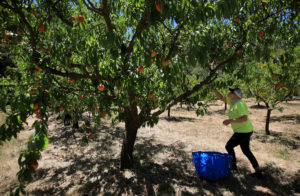
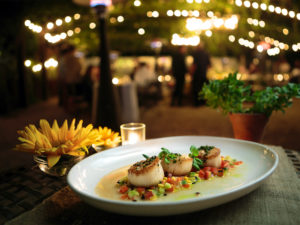
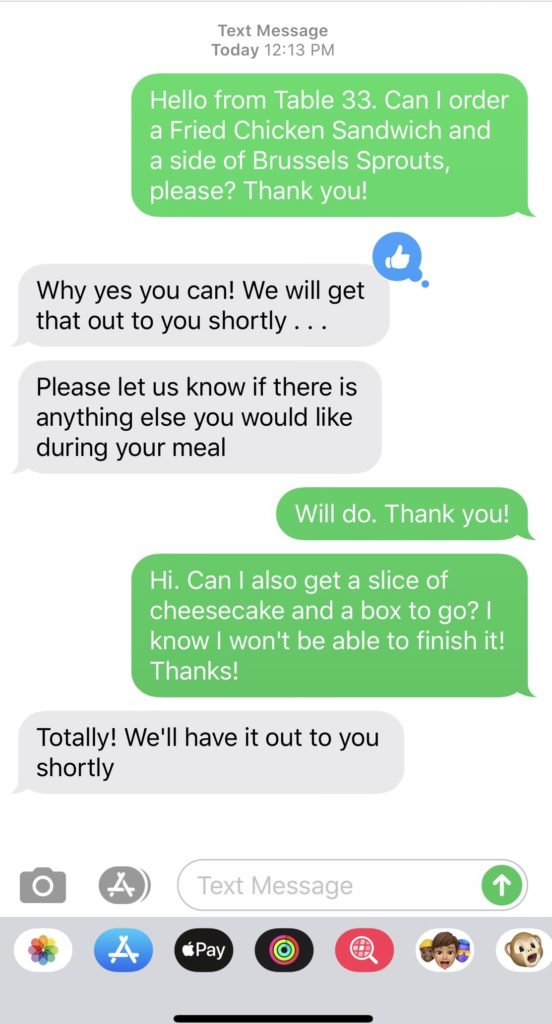
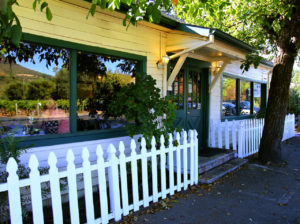
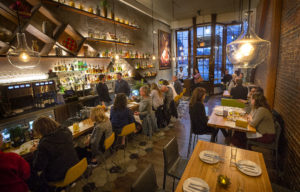
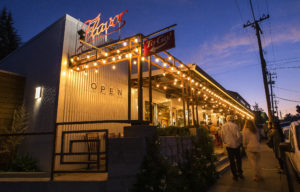
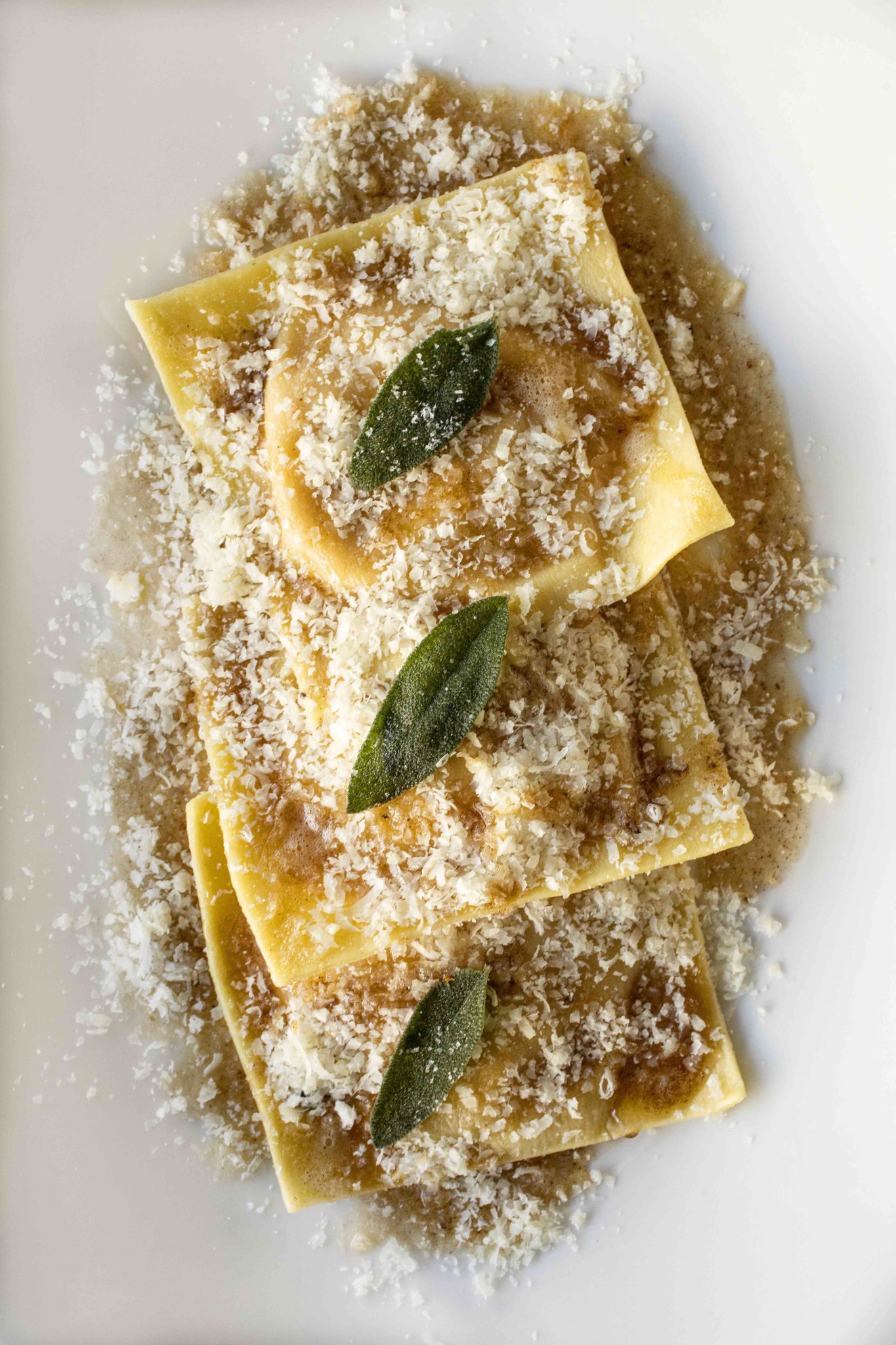
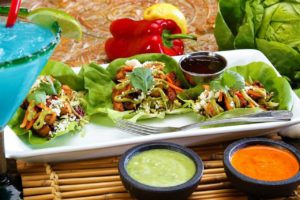


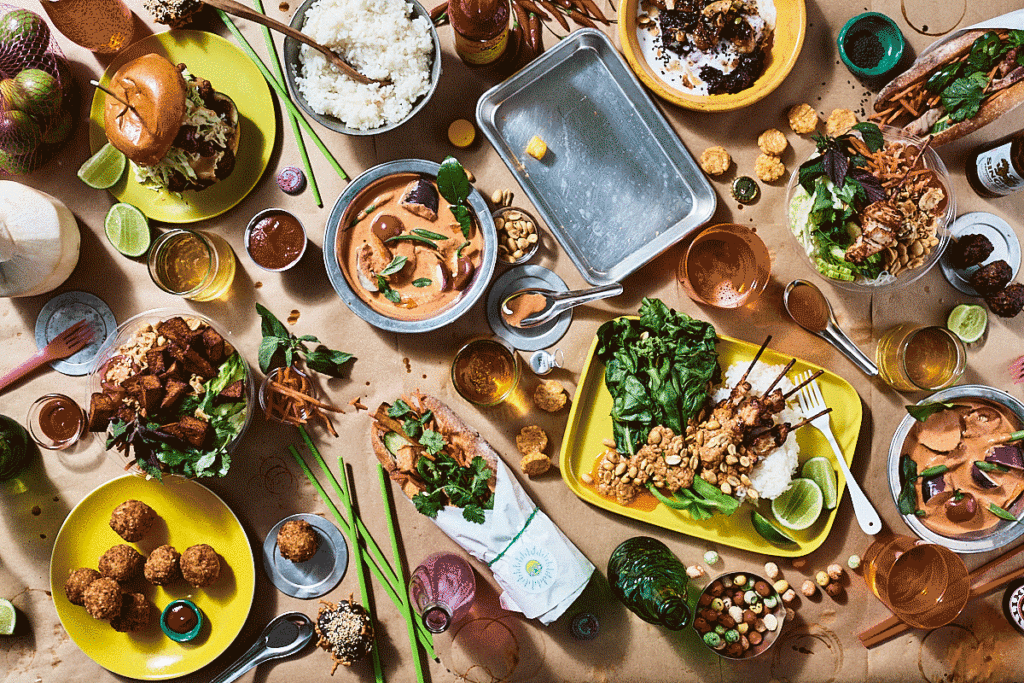
 Prop styling and set design are as much about creating a mood as they are about showing the objects in their best light. Alysia goes one step further with her projects, capturing the essence of an oyster on ice or a roasted carrot or a fried chicken sandwich so lovely you can’t help but want to reach into the photo to taste it.
Prop styling and set design are as much about creating a mood as they are about showing the objects in their best light. Alysia goes one step further with her projects, capturing the essence of an oyster on ice or a roasted carrot or a fried chicken sandwich so lovely you can’t help but want to reach into the photo to taste it.